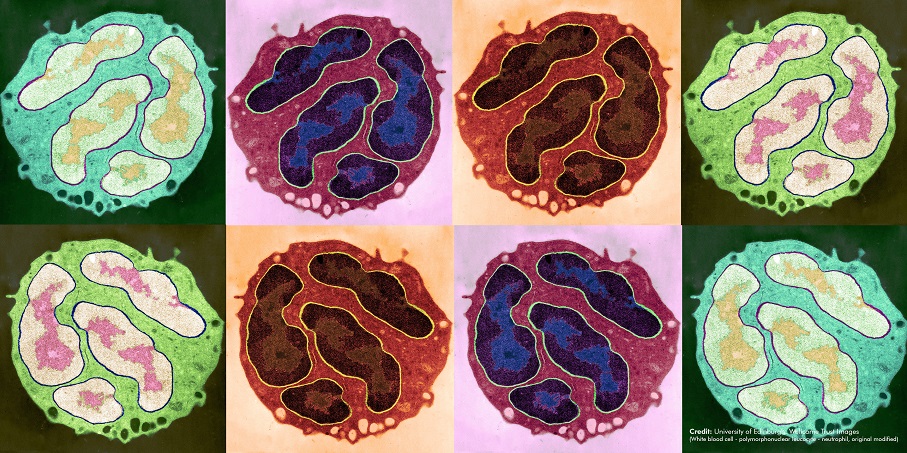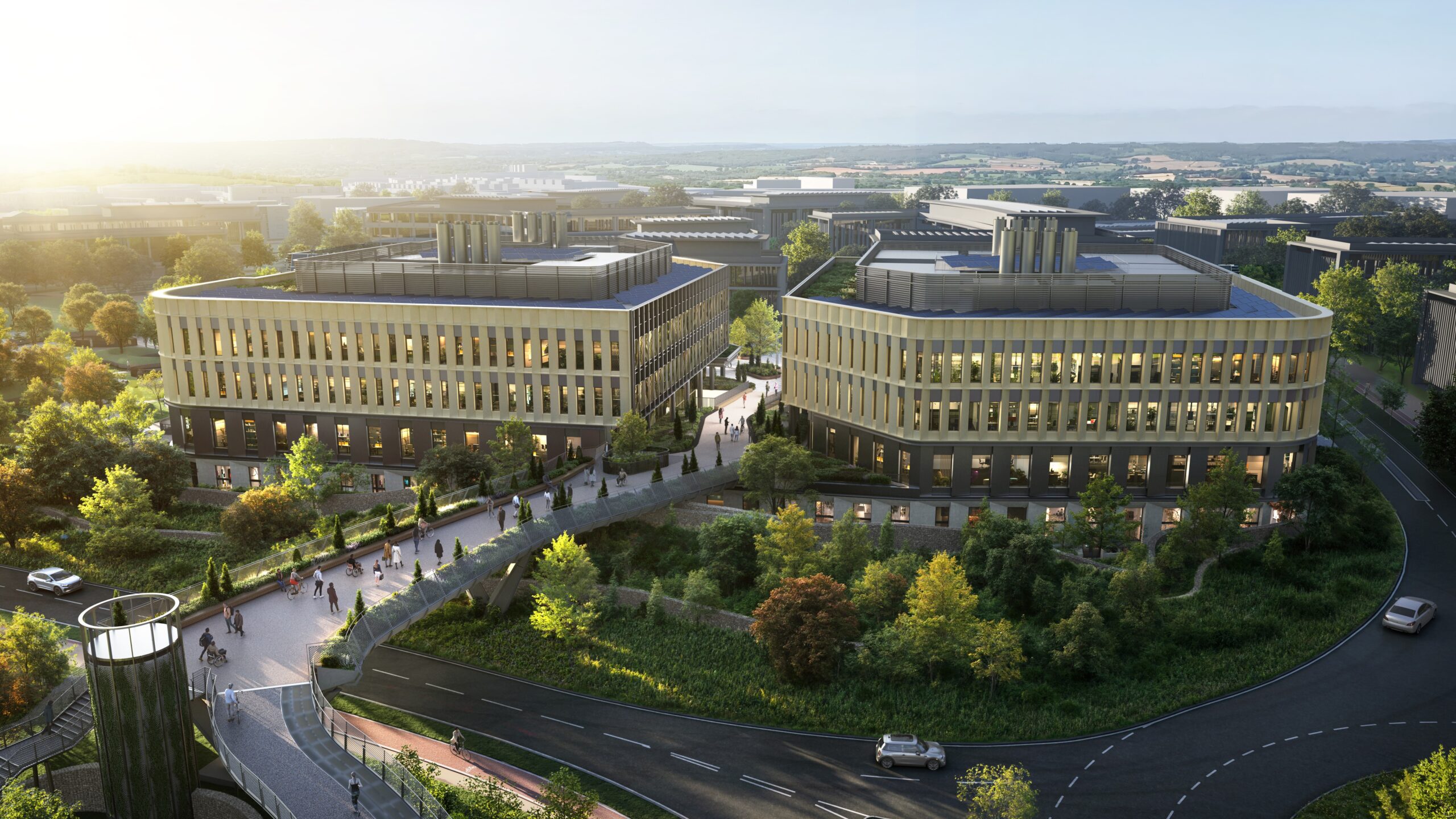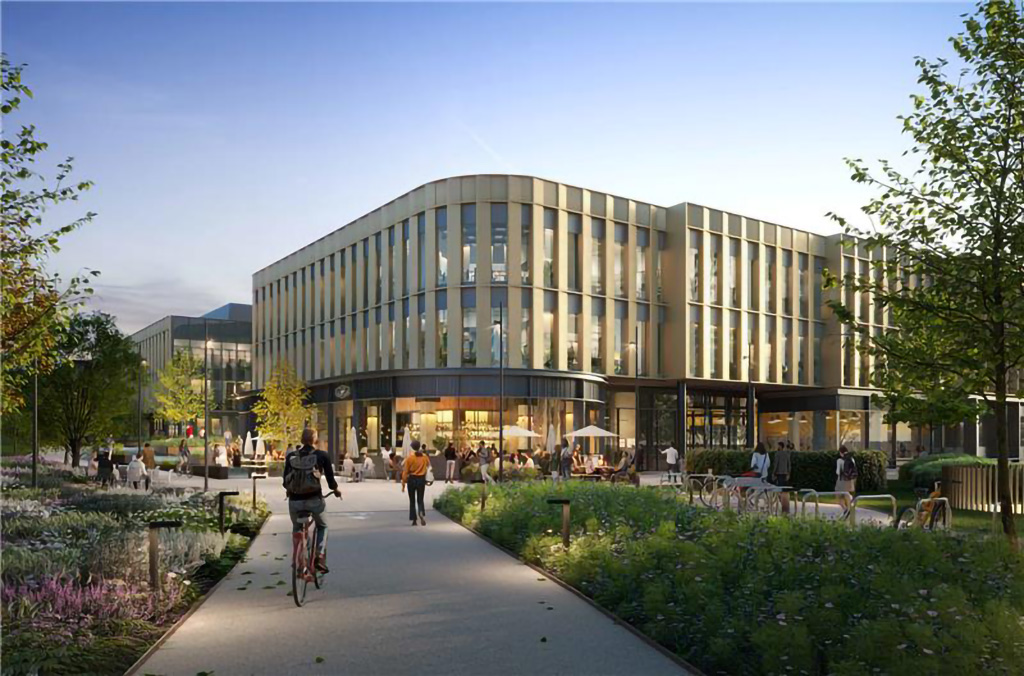Towards a better understanding of how the human body works

Our knowledge of the cells that make up the human body, how they vary from person-to-person and how they change through illness and age is still limited…
In October 2016, more than 100 biologists, computational scientists, technologists and clinicians came together to launch a unique global collaborative effort to chart every cell in the human body. This project is called the Human Cell Atlas. We interviewed Dr Michael Stubbington, principal staff scientist at the Wellcome Sanger Institute leading the Institute’s team on this exciting scientific endeavour, to find out a bit more.
Mike, can you please explain what the Human Cell Atlas is and what is your role within it?
 The Human Cell Atlas (HCA) is an international collaborative consortium, which aims to create comprehensive reference maps of all human cells – the building blocks of life – as a basis for both understanding human health and diagnosing, monitoring, and treating disease. Scientists from universities and institutes around the world, including the Wellcome Sanger Institute, the Broad Institute of MIT and Harvard in the USA , RIKEN in Japan and the Karolinska Institute in Stockholm are working together to map the 37 trillion cells in the human body.
The Human Cell Atlas (HCA) is an international collaborative consortium, which aims to create comprehensive reference maps of all human cells – the building blocks of life – as a basis for both understanding human health and diagnosing, monitoring, and treating disease. Scientists from universities and institutes around the world, including the Wellcome Sanger Institute, the Broad Institute of MIT and Harvard in the USA , RIKEN in Japan and the Karolinska Institute in Stockholm are working together to map the 37 trillion cells in the human body.
As part of this global initiative, I lead the Sanger Institute’s team that is working on the Human Cell Atlas project. Here, we’re developing enabling technologies that will help make this Atlas possible, as well as working to generate pilot data for the first draft of the Atlas using single cell sequencing methods.
Why is this project so important?
Cells are the most fundamental unit of life, yet we know surprisingly little about them. We don’t yet even know how many cell types there are in the human body. Cells vary enormously within the body, and different cells express different sets of genes. To understand human biology we need to know our cells – without maps of different cell types and where they are located in the body, we cannot describe all their functions and understand the biological networks that direct their activities.

A human cell atlas should help answer questions in all areas of human biology, and is likely to impact almost every aspect of biology and medicine, leading to a richer understanding of life’s most fundamental units and principles. It will be built in stages, increasing in size, breadth, and resolution as technologies develop and understanding increases.
How could the datasets that emerge from this project be used in improving healthcare?
The Human Cell Atlas is an open resource that charts cells, tissues, organs and systems throughout the body. It will, over time, transform the scientific understanding of human biology and human health enabling better diagnosis and development of novel treatments, laying a foundation for a new era of precision medicine.
Amongst other things this could help scientists understand how healthy cells develop and how genetic variants affect the risk of disease, empowering researchers to develop better therapeutics and to predict likely drug toxicities, and advance regenerative medicine.
How important are collaboration and data sharing in ensuring the success of the Human Cell Atlas?
This huge collaborative initiative has come about through the work of many enthusiastic scientists, who have come together to build a large-scale international community. It includes hundreds of participants and is led by an organizing committee of 27 scientists from 10 countries. This collaboration is vital for the success of such a huge endeavour.
All the data from the first draft of the HCA will be released soon after it has been collected, meaning that researchers will not have to wait until the first draft of the HCA is published five years from now to access and use it. Even better, we’re aiming to make the majority of our data available through completely open access by gaining appropriate consent from our donors. This will increase hugely the value of the data to researchers around the world.
What types of future developments in biology and science can this project help to bring about?
The Human Cell Atlas has the potential to transform basic biological research by revealing tissues, organs and cells in unprecedented detail. It will be an extremely valuable resource to empower the global research community to systematically study the biological changes associated with different diseases, understand where genes associated with disease are active in our bodies, analyse the molecular mechanisms that govern the production and activity of different cell types, and sort out how different cell types combine and work together to form tissues.

It will also spur the development of novel technologies in the same way that the Human Genome Project did. That catalysed a multi-decade period of innovation in sequencing technologies that led the cost of sequencing a human genome to drop from $3 billion to under $1,000 in less than two decades. We hope that the same type of improvement in cost, availability, and democratisation of technology will occur for the methods that are used in the HCA, from single cell sequencing and cell mapping to computational and engineering technologies to organize Big Data.
Where can we find out more about this project?
There is more information on the Human Cell Atlas webpage and on the Sanger Institute news’ page
Publications include Nature The Human Cell Atlas has also been reported in:
MIT Tech Review
GenomeWeb
The Guardian
Wired UK


